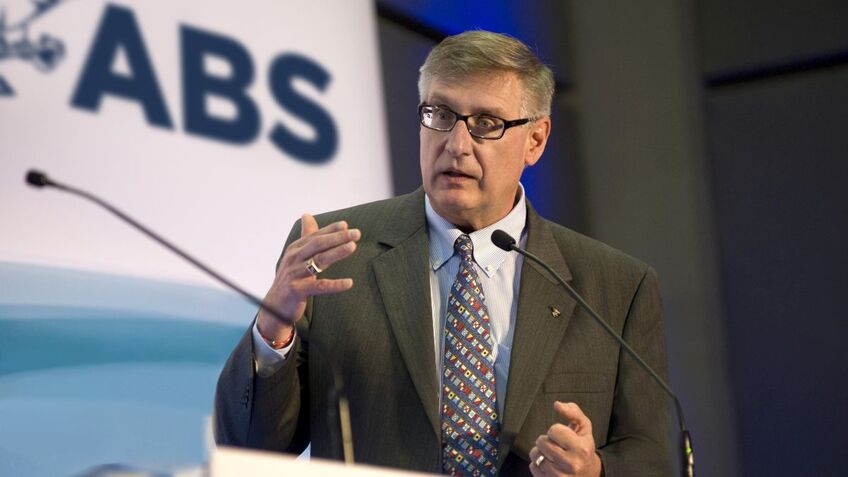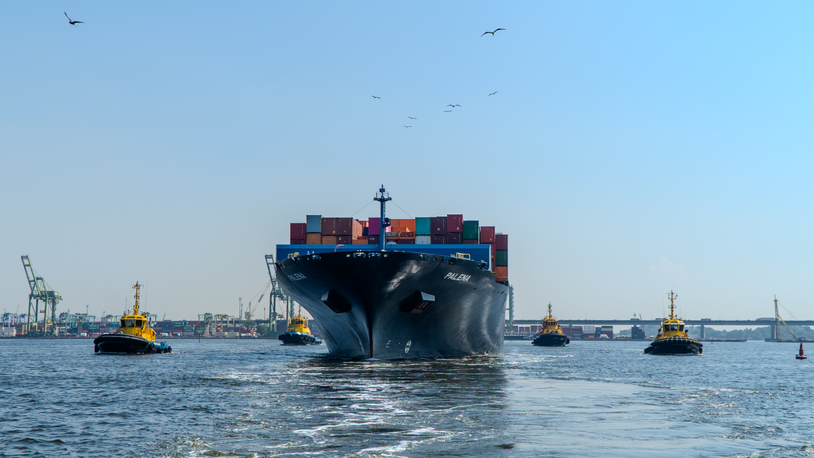Business Sectors
Events
Contents
Register to read more articles.
Maritime industry confronts underwater pollution challenges
The shipping sector’s intensification of efforts to address underwater pollution through advanced technologies and regulatory measures is reflected in the name change of Ballast Water Treatment Technology (BWTT) to Maritime Environmental Protection (MEP)
The maritime industry is increasingly scrutinising its environmental footprint, particularly concerning underwater pollution. This encompasses a spectrum of issues, from ballast water discharge and oily waste to underwater-radiated noise and marine litter.
Addressing these challenges necessitates a multifaceted approach, integrating technological innovation, stringent regulations and collaborative initiatives.
For this reason, Ballast Water Treatment Technology is morphing into Maritime Environmental Protection, a new website, newsletter, webinars and conferences that will encompass vessel pollution below the waterline. There will also be a new LinkedIn forum: Maritime Environmental Protection Community.
Ballast water management
Ballast water management remains a key element in MEP. After decades of discussion, the Ballast Water Management Convention mandates the implementation of ballast water treatment systems (BWTS) to neutralise organisms.
However, the practical application of BWTS present challenges. Variations in water salinity, sediment content and operational conditions can influence system efficacy, requiring continuous adjustments by engineers. Shipboard operators emphasise the seamless operation of BWTS relies on meticulous maintenance, the availability of quality spare parts and strict adherence to manufacturer’s guidelines.
Oily waste: the unseen guardians of marine pollution prevention
Oily water separators (OWS) play a pivotal role in preventing oil pollution from ships. These systems are designed to remove oil from bilge water before it is discharged overboard.
Proper operation and maintenance of OWS is crucial to ensure compliance with environmental regulations and to protect marine ecosystems.
Challenges such as equipment malfunctions and improper handling can lead to accidental discharges, underscoring the need for continuous training and vigilance among crew members.
Greywater and blackwater: addressing wastewater pollution
Ship-generated wastewater comprises both greywater (from sinks, showers and galleys) and blackwater (sewage from toilets), both of which contribute to marine pollution if not properly managed.
Greywater contains detergents, oils, food waste and bacteria which can lead to oxygen depletion and increased nutrient levels in marine environments, fostering algal blooms that disrupt ecosystems. Blackwater contains pathogens and nutrients that pose significant risks to marine life and human health if released untreated.
Regulations such as Marpol Annex IV govern the discharge of sewage from ships, requiring treatment through onboard sewage treatment plants or retention for disposal at port reception facilities.
However, enforcement remains inconsistent, and operational challenges persist, particularly for older vessels lacking modern wastewater treatment capabilities.
To mitigate these issues, industry stakeholders are exploring advanced treatment technologies, including membrane bioreactors, ultraviolet disinfection and electrochemical oxidation to improve compliance and environmental performance.
Underwater radiated noise: an invisible threat
Underwater radiated noise (URN) from ships poses a less visible yet profound threat to marine life, particularly species reliant on acoustic signals for communication, navigation and foraging. Sources of URN include propeller cavitation, engine vibrations and hull movements. Chronic exposure to such noise can lead to behavioural changes, habitat displacement and even physical harm to marine fauna.
IMO has acknowledged these concerns by issuing updated guidelines aimed at mitigating URN through improved ship design, operational measures and maintenance practices. These guidelines remain non-mandatory, presenting challenges for uniform implementation across the global fleet.
Marine litter: navigating the plastic tide
Marine plastic litter, much of it originating from land-based sources, has become a pressing environmental issue, affecting marine life and human health.
IMO’s Strategy to Address Marine Plastic Litter from Ships aims to eliminate plastic waste discharges into the sea, aligning with Sustainable Development Goal 14.
Achieving zero plastic discharge necessitates stringent measures and international collaboration, including strengthening waste management policies and enhancing port reception facilities.
The vast scale of plastic pollution requires comprehensive solutions across multiple sectors beyond shipping.
Regulatory landscape: steering towards sustainability
Regulatory bodies are intensifying efforts to enforce environmental standards.
IMO’s revised guidelines on URN, effective from October 2023, assist shipowners and designers in incorporating noise-reduction measures. While these guidelines are currently voluntary, they signal a growing recognition of the need to address underwater noise pollution.
Additionally, IMO’s focus on marine plastic litter reflects a broader commitment to tackling pollution from ships.
Biofouling and antifouling: a balancing act
Marine biofouling – the accumulation of organisms on hulls and underwater surfaces – contributes to increased drag, higher fuel consumption and the unintentional transfer of invasive species.
In response, antifouling coatings and hull-cleaning technologies have become essential tools in vessel efficiency and environmental compliance.
However, some antifouling agents, particularly those containing biocides, raise concerns about toxicity and long-term ecological effects.
IMO’s Biofouling Guidelines encourage proactive hull maintenance and environmentally sustainable solutions, while several ports and flag states are moving towards more stringent local controls.
As regulations tighten, the industry is increasingly turning to advanced, non-toxic coatings, inwater cleaning protocols and performance monitoring to manage fouling without compromising marine health.
Collaborative efforts: navigating towards a greener horizon
Addressing underwater pollution is a collective endeavour requiring collaboration among shipowners, operators, regulators and technology developers. By embracing innovative technologies, adhering to evolving regulations and fostering a culture of environmental stewardship, the maritime industry can navigate towards a more sustainable and environmentally responsible future.
The transition from Ballast Water Treatment Technology to Maritime Environmental Protection signals a broader and more comprehensive commitment to tackling the full spectrum of underwater pollution.
By expanding its focus beyond ballast water to include oily waste, wastewater management, underwater radiated noise and marine litter, MEP reflects the maritime industry’s recognition that protecting the marine environment requires a holistic and integrated approach.
As regulations tighten and technological advancements drive change, this shift underscores the sector’s determination to not only comply with environmental standards but to actively lead in developing solutions that safeguard ocean health for future generations.
Sign up for Riviera’s series of technical and operational webinars and conferences:
- Register to attend by visiting our events page.
- Watch recordings from all of our webinars in the webinar library.
Related to this Story
Events
Maritime Environmental Protection Webinar Week
Cyber & Vessel Security Webinar Week
The illusion of safety: what we're getting wrong about crews, tech, and fatigue
Responsible Ship Recycling Forum 2025
© 2024 Riviera Maritime Media Ltd.














